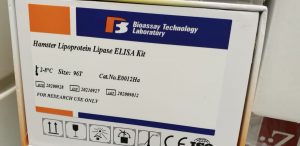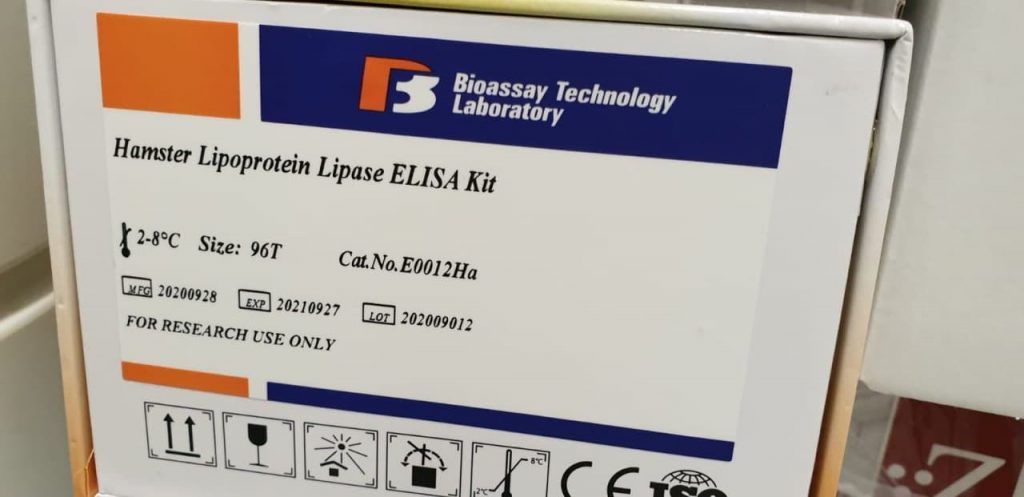Identification of Transcription Factors Controlling Cell Wall Invertase Gene Expression for Reproductive Development by way of Bioinformatic and Transgenic analyses
Cell wall invertase (CWIN) hydrolyses sucrose into glucose and fructose in the extracellular matrix and performs essential roles in assimilate partitioning and sugar signalling. However, the molecular regulators controlling CWIN gene transcription stay unknown. As the first step to handle this situation, we carried out bioinformatic and transgenic research, which recognized a cohort of transcription elements (TFs) modulating CWIN gene expression in Arabidopsis thaliana. Comprehensive bioinformatic analyses recognized 18 TFs as putative regulators of the expression of AtCWIN2 and AtCWIN4 which might be predominantly expressed in Arabidopsis reproductive organs.
Among them, MYB21, ARF6, ARF8, AP3 and CRC had been subsequently proven to be the most probably regulators of CWIN gene expression based mostly on molecular characterisation of the respective mutant of every candidate TF. More particularly, the obtained information point out that ARF6, ARF8 and MYB21 regulate CWIN2 expression in the anthers and CWIN4 in nectaries, anthers and petals, whereas AP3 and CRC had been decided to primarily regulate the transcriptional exercise of CWIN4. TF-promoter interplay assays demonstrated that ARF6 and ARF8 straight management CWIN2 and CWIN4 transcription with AP3 activating CWIN4.
The involvement of ARF8 in regulating CWIN4 expression was additional supported by the discovering that enhanced CWIN4 expression partially recovered the brief silique phenotype displayed by the arf8-Three mutant. The identification of the 5 TFs regulating CWIN expression serves as a launching pad for future research to dissect the upstream molecular community underpinning the transcription of CWINs and offers a brand new avenue to doubtlessly engineer assimilate allocation and reproductive growth for enhancing seed yield. This research will present a theoretical framework for the algicidal mechanism of algae-lysing micro organism and attainable software to algal management.

Complete Genome Sequence Analysis of Brevibacillus laterosporus Bl-zj Reflects its Potential Algicidal Response
We analyzed the full genome of the micro organism Brevibacillus laterosporus Bl-zj. Its genome has a complete size of 5,202,546 bp with 4594 annotated genes. The purposeful teams included transporters, pathogen-host interplay elements, antibiotic resistance genes, virulence issue, and secreted proteins had been predicted, and carbon and nitrogen metabolism and transporters had been mapped. A complete of 34 genes presumably concerned in algae-lysing processes had been additional screened, together with eight virulence elements, 18 secreted proteases, and eight antibiotic-resistant genes, which could possibly be enjoying vital roles in host identification, invasion, and the destruction of algal cells.
Genome meeting and annotation are two of the key actions that have to be undertaken in order to discover the genomic repertoire of (bifido)micro organism. The gathered info could be employed to genomically characterize a given microorganism, and can be used to carry out comparative genome analysis by together with different sequenced (bifido)bacterial strains. Here, we spotlight varied bioinformatic applications in a position to handle subsequent technology sequencing information ranging from the meeting of a genome to the comparative analyses between strains. In this chapter, we current a generic technique to attain de novo genome meeting and methylome analysis of Bifidobacterium genomes utilizing the Pacbio SMRT sequencing and SMRT Link pipeline.
[Linking template=”default” type=”products” search=”Hydroxyproline analysis 11-20 samples” header=”3″ limit=”156″ start=”2″ showCatalogNumber=”true” showSize=”true” showSupplier=”true” showPrice=”true” showDescription=”true” showAdditionalInformation=”true” showImage=”true” showSchemaMarkup=”true” imageWidth=”” imageHeight=””]
The strategies described right here cowl the de novo Pacbio or hybrid Illumina-Pacbio meeting ideally meant to acquire a whole genome sequence, adopted by the detection of base modifications and methylome analysis.The recognized DNA motifs obtained by methylome analysis can be utilized to foretell lively restriction-modification (RM) methods in Bifidobacterium strains. The presence of lively RM methods and information on their goal motifs could information choice of appropriate cloning or mutagenesis vectors for bifidobacteria.

